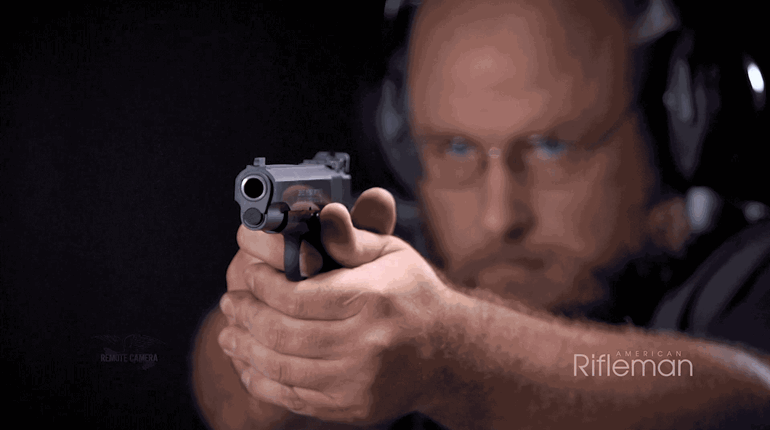
Roll pins, commonly used in AR-pattern rifles and in many other modern guns, are larger in diameter than the holes in which they are designed to fit. So, when they're being tapped in, they have to compress slightly around their circumference, either lessening the gap between their butted edges or tightening their overlap, depending on the design. Either way there are several tips that can help make their installation easier.
1. Use small pliers to hold them with the support hand. Parallel-jaw pliers are excellent since their jaws, unlike those of regular pliers, do not form a V that can shoot the pin across the room once force is applied.
2. Put a small dab of grease on the tapered end of the pin-often one end is more blunt-before beginning to tap it in.
3. Use a roll pin punch. It has a small projection on its face that will keep the punch centered on the roll pin as the pin is tapped in.
4. Once everything is aligned, make the first tap a smart one. If the pin starts, give a couple more taps before letting go of the pliers. Then, once it's securely in the hole, finish tapping it in, checking its protrusion on the other side as it nears a flush condition. As inexpensive as roll pins are, and considering how critical their function often is, consider using new pins when rebuilding a gun. That way, you can be confident they will retain full tension.






































